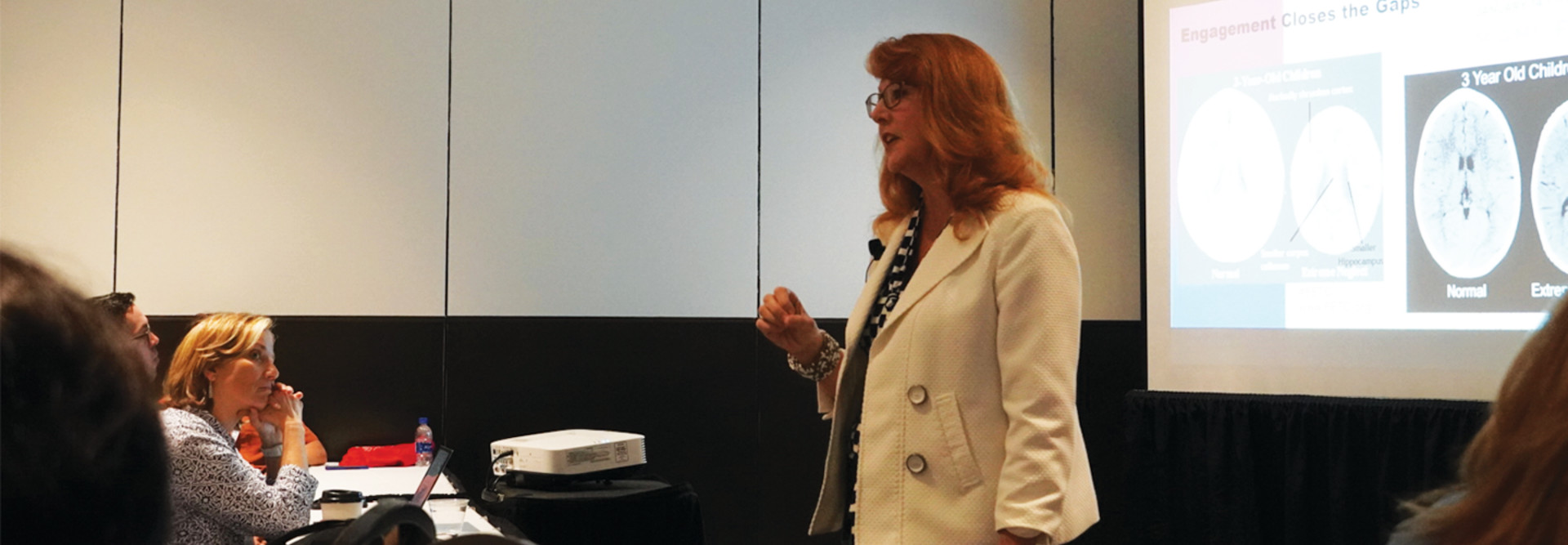FETC 2020: How Makerspaces Support K–12 School Transformation
Educators already use makerspaces equipped with tools such as 3D printers, scanners and laser cutters to help students learn practical skills such as coding and design, problem-solving, and collaboration. But what about supporting an entire school transformation?
That’s what’s happening at Anderson Elementary, a pre-K–6 school in Bristol, Tenn.
Four years ago, when Ginger Christian became the principal of Anderson Elementary, the school had clear challenges.
“Our proficiency levels were dismal,” Christian recalled in a session Wednesday at the 2020 Future of Education Technology Conference in Miami. “Our behavior office discipline referrals were through the roof.”
Teachers were angry and morale was low, she said. “Together, we had to choose to have a journey to transform our school,” Christian said.
Christian proposed creating makerspaces in the school as a way to better engage students. “What I have seen as a consistent challenge is that when students are not engaged, we have problems with behavior and with teacher morale,” she said.
Since initiating the transformation and creating makerspaces, there have been clear improvements in student behavior and other factors related to teaching and learning, she said. Below are some of the insights and tips Christian shared about using makerspaces to support a school transformation.
Create a Shared Vision Involving Technology
“The school leader is tasked with cultivating a team who all can speak the same language,” Christian said.
Makerspaces are part of Anderson’s core “vision,” said Christian: “We believe makerspaces inspire students to achieve literacy proficiency.” That’s the “why” of the effort — to create something everyone at the school should understand and be able to discuss, Christian said.
At Anderson, she said, everyone in the building can talk about the school’s vision because it is “everywhere.”
When Christian announced that she wanted to create makerspaces at the school, some teachers initially didn’t know what she meant. “We had to make the vision real and visible to them,” she said.
Christian started sending teachers videos, pictures and other written communication about the plan and aligned it to grant work the school had underway. She also communicates with parents about what is happening and why it matters.
Secure Funding for Innovative Initiatives
When Christian began planning for makerspaces at Anderson, there was no new line item in the budget to support that work. But, she said, the journey led to an important transformation.
It can cost nothing to start a makerspace, she said. She recommended starting with resources already available in the school building.
But that’s just to get started. Later, Christian and her team went on to secure funds to support their efforts. She applied for a grant through the state of Tennessee to support a one-to-one computing rollout. She and her team also continue to pursue other funds, such as the federal Carl D. Perkins Grant.
EdTech is covering FETC, so keep an eye on this page for conference coverage. Follow @EdTech_K12 on Twitter for live updates, and join the conversation at #FETC.









